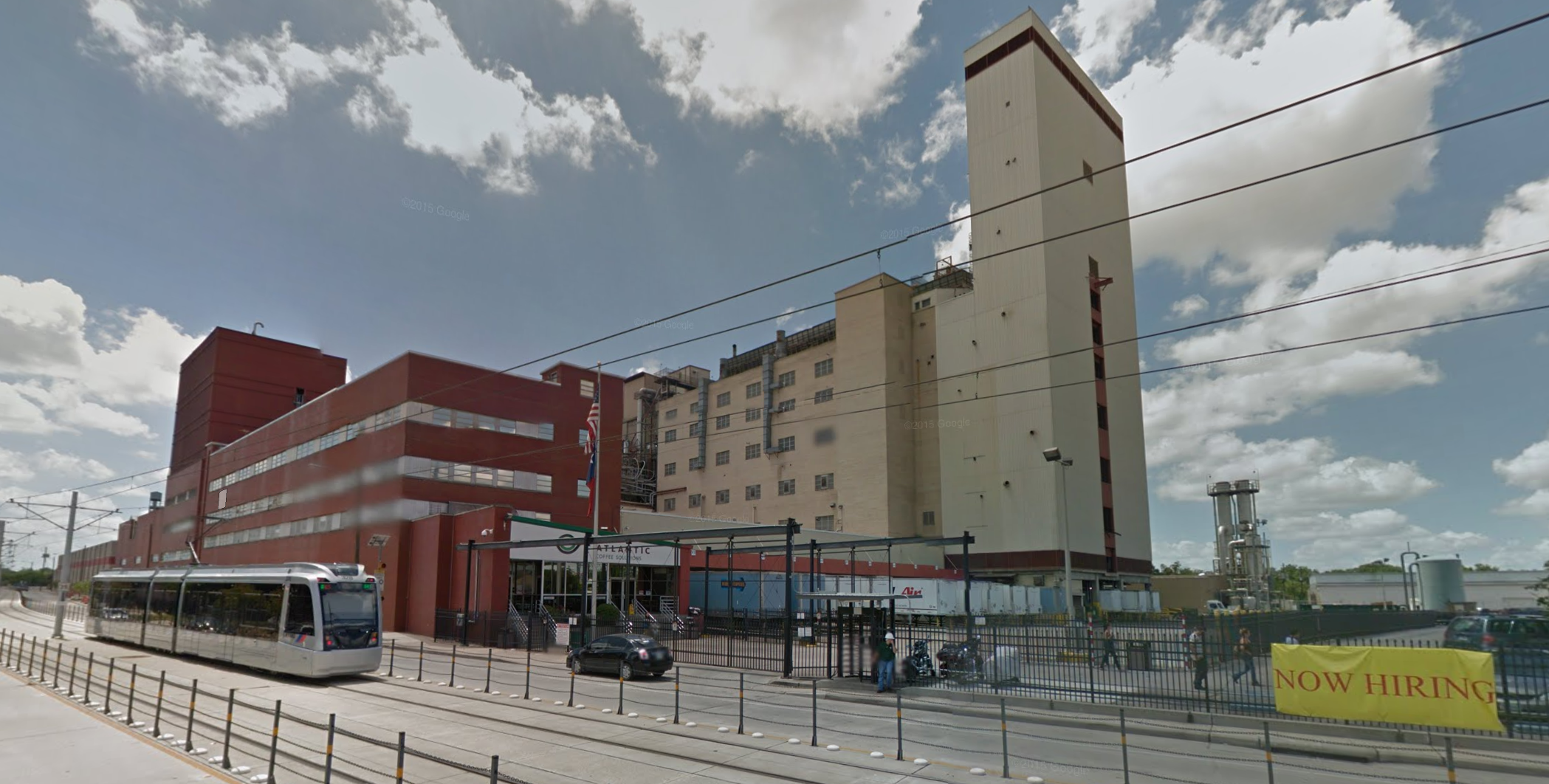A new report says Houston's East End -- one of the few remaining areas near downtown Houston that hasn't experienced a redevelopment boom -- should consider offering developers incentives to build multi-family housing.
The report follows a panel convened by the Houston chapter of the Urban Land Institute that sought to address one of the big conundrums facing the area: despite having many things going for it, the East End hasn't welcomed much new development lately besides high-end townhomes.
Indeed, the area has many assets. Last year, it got a new light rail line that goes through the heart of the district. Its residents are enjoying new pedestrian improvements. The area has de-industrialized, leaving more than 400 acres of vacant or underutilized land ready for development. Combined with a rich cultural history and access to Buffalo Bayou, the East End -- just steps from downtown Houston -- would seem primed for development.
But obstacles abound. There are perceptions that crime is high, school quality is low, and the area is polluted. Despite the best efforts of the East End Management District (which has trash abatement and anti-graffiti initiatives), vacant property property has often been allowed to become covered in graffiti and trash, hurting the aesthetics of the area. The rental market is relatively slow, and there's a lack of retail, including grocery stores. Infrastructure in the area needs many improvements.
All of that means developers have still been a bit skittish.
As a result, some see big, multi-family projects as too risky. Instead, they've taken a different approach, focusing on townhomes that offer a high return on investment and less risk.
But the panelists who forward the ideas in the ULI report warn that could be a recipe for trouble.
Townhomes are built on small lots in a haphazard style, often eliminating any chance of an overall neighborhood strategy. Generally, they're prohibitively expensive for middle- and lower-income Houstonians. Building too many townhomes rather than multi-family units would undermine the chance to take advantage of the opportunities that could come with building dense housing in areas around transit stops. Eventually, it could make reasonably-priced housing hard to come by in the area.
So the panel recommended an incentive program, known as a 380 agreement, that would subsidize developers who build multi-family units in the East End. The idea is to help reduce the risk they'd face with those projects by subsidizing them, in hopes that the program would prevent the city from missing out on the chance to build a dense neighborhood with housing that's affordable to many.
The panel proposed a reimbursement of $15,000 per unit that would be offered over four years or to the first 2,500 units in the area. Initially, there wouldn't be any requirements for "workforce housing" -- homes affordable to those who earn typical Houston incomes -- but the panel suggested that an additional incentive could be connected to those who do so in the first phase. A second round of incentive funding would have a required workforce housing component. A second round of incentive funding would have a required workforce housing component.
The ULI panel included architects, developers and planners, including Kinder Institute Director Bill Fulton
The plan is modeled off the city's Downtown Living Initiative. But modeling the program on those downtown apartment subsidies could be politically tricky: in the past, Houston Mayor Sylvester Turner has expressed skepticism of that program, which was introduced by the previous administration. He's argued the incentives to build high-end apartments downtown could have been better spent in struggling neighborhoods, the Houston Chronicle reports.
That program offered $15,000 in tax rebates for downtown apartments, and though it helped spur new multifamily housing, downtown Houston today is among the most expensive places to rent in the city.
Still, the ULI panel says the stakes are high, and the solution might be the best one out there. "If construction of townhomes predominates, it would represent a missed opportunity to form a densely-developed anchor for the community," the report says.

